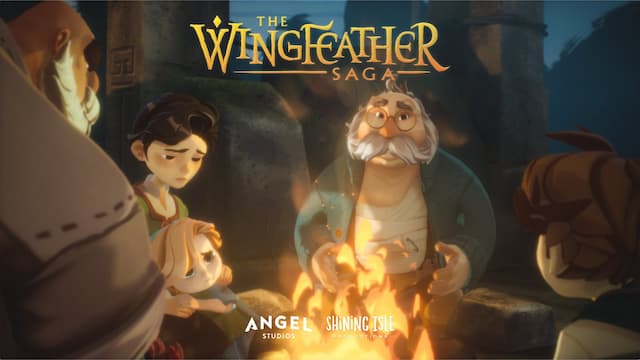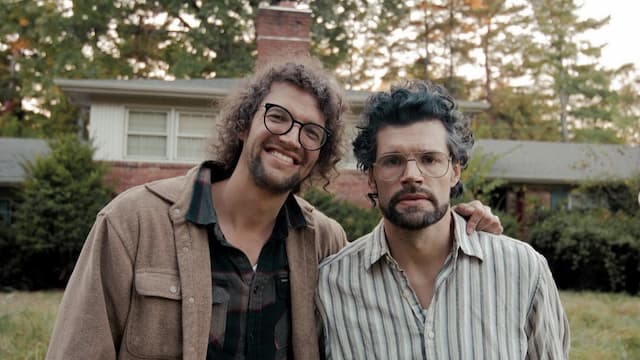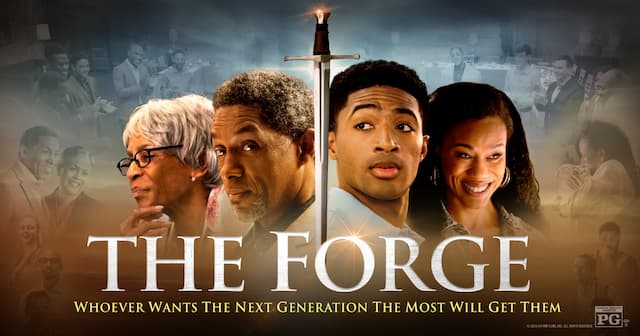Now and Forever with Christ: Behind the Curtain
Then the curtain of the temple was torn in two from top to bottom.
—Mark 15:38
The cross is our defining moment—history’s watershed event. It’s where everything that ever mattered was always leading, where everything that matters today is still measured. And to prove to us that Christ’s death on the cross was this kind of happening—an event like none other—God made sure its effect was not confined to one isolated hill outside Jerusalem.
He did this by surrounding the moment with miracles.
These were not the first miracles associated with Jesus’ life, of course. The four Gospels together report on more than three dozen He had already performed before this moment. These supernatural works had not only transformed the lives of people He encountered but had also served as signs that He was indeed the Messiah, declaring the kingdom of heaven to all who would receive it. So it certainly made kingdom sense for additional miracles to attend the triumph of Jesus’ crucifixion and resurrection.
These “Calvary miracles” included the mysterious daytime darkness that preceded Jesus’ death (Matt. 27:45) and the sudden jarring of an earthquake that immediately followed (vv. 51, 54), resulting in the opening of rock tombs and the appearance of saints who had previously died.
Remarkable as all this was, the most symbolically spectacular miracle happened in the temple. At the precise moment when Jesus “gave up his spirit” (v. 50), the immense, intricately embroidered curtain separating the “holy place” from the “most holy place” (often called the “holy of holies”) was split in half, torn down the middle “from top to bottom.”
A quick explanation of what all this meant. Behind this grand curtain sat the ark of the covenant, topped by the “mercy seat” where God had met with His people (Ex. 25:22) from ancient times. But by Old Testament ceremonial law, this holy of holies could only be entered once a year, on the Day of Atonement. And then, only by the high priest, who would offer a sacrifice of blood for the sins of the people as well as for his own sins, since not even this appointed representative was above needing his sins forgiven.
This curtain, then, was an ornate, elaborate “Keep Out” sign, separating the presence and glory of almighty God from His sinful people. No access allowed—not without blood, and even then only rarely.
But Jesus’ death changed everything.
He died at three in the afternoon. To the Jews who had assembled in Jerusalem for Passover week, it was the hour of the evening sacrifice. So imagine you were one of the priests officiating in the temple that day—serving outside the curtain, of course, assisting the gathered worshipers who had lined up to present their offerings.
The altar was aglow with fire. The blood of sacrifice was flowing freely. Then, suddenly, came a loud tearing sound. The curtain!
This curtain wasn’t just a thin piece of fabric one might use as a window covering. The original instructions for its creation, dating back to the days of Solomon’s temple, called for it to be made of blue, purple, and crimson yarn with the imagery of angelic cherubim woven into it (2 Chron. 3:14). It was thirty feet wide and sixty feet high. Drawing from sources of the temple era, nineteenth-century historian and Bible scholar Alfred Edersheim tells us that the veil was “the thickness of the palm of a hand” and so heavy that it required three hundred priests to handle it.1
Yet at the hour of Christ’s death, this massive textile ripped in half like a sheet of paper and crumpled to the ground in a massive heap, scissored by an unseen hand. And suddenly a sacred space that was functionally off limits to everyone, which only one person was given the privilege of entering once each year, lay fully unveiled.
Picture the shock: the stunned expressions, the mouths hanging open, the inability of those in the temple to turn their gaze away, paired with the natural reflex to shield their eyes from seeing too much. Who could bear to stand exposed, unprotected, before the holy presence of God?
Answer: anybody . . . now that God had received the death of His Son, the death of the Lamb, as the final sacrifice for sin.
The rending of the temple curtain dramatically signified the end of the old covenant system. Jesus had “entered the most holy place once for all time, not by the blood of goats and calves, but by his own blood, having obtained eternal redemption” (Heb. 9:12). The infinite chasm that existed between God and humanity had been bridged. The curtain that once said “Keep Out” now proclaimed, by its notable absence, “Come In.” Come boldly. Draw near. You are welcome here, welcome in the very presence of God.
That invitation is still there for you, for me, for all who believe. And it’s still nothing short of miraculous. Christ’s flesh had been torn at Calvary. His spirit had been torn from His flesh at the moment of His death. And the cosmic reverberations of all this tearing had made their way through the ground, into the city, into the temple, and right into the holy of holies, ripping up
whatever could prevent us from meeting with God at that mercy seat.
The misery of the crucifixion had become the miracle of anytime access.
And we still can’t tear ourselves away.
Adapted from Incomparable: 50 Days with Jesusby Nancy Demoss Wolgemuth (©2024). Published by Moody Publishers. Used by permission.
Did you enjoy this article by Nancy? It’s been adapted from her newest book, Incomparable: 50 Days with Jesus. Request a copy as our thanks with your gift of any amount, and then be sure to tune in to the podcast for Nancy’s series “Incomparable,” which continues today with the first in a collection of episodes titled “Now and Forever with Christ.”
1 Alfred Edersheim, The Life and Times of Jesus the Messiah, vol. 2 (London: Longman’s, Green, and Co., 1883), 609, https://books.google.com/books?id=VJUHAAAAQAAJ.




